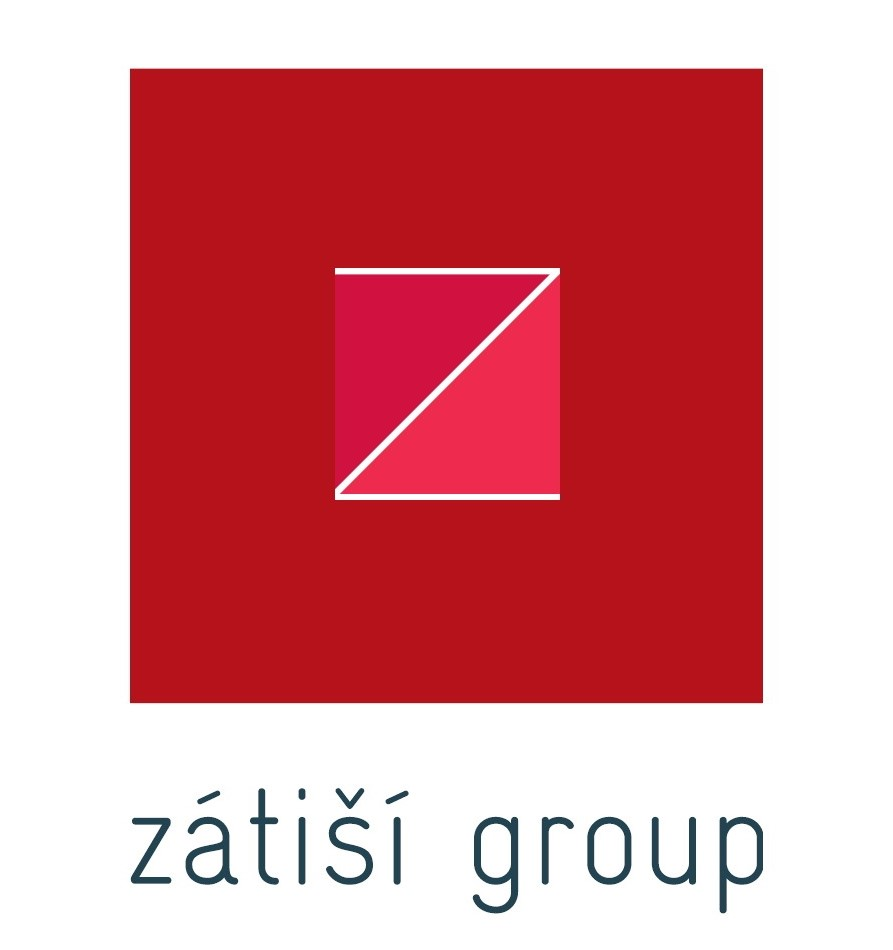PE owners of European businesses resist short-term pressures and hold their investments
6.12.2010Company: EY
PE owners of European businesses resist short-term pressures and hold their investments. An analysis of significant European businesses exited by PE between 2005 and 2009, found only 30 exits in 2009 meeting the study’s criteria, demonstrating a decision by most PE owners to avoid selling in adverse market conditions. At average PE portfolios have almost doubled in age since 2007.
Corporate buyers remained inactive in 2009, with the number of exits to strategic buyers well below the historical levels of 2006 and 2007. Secondary and tertiary exits to new PE investors fell from 67% of the number of exits in 2008 to just 7% in 2009. This is the first year of our study in which a number of exits have occurred to creditors, albeit representing a very small number of the portfolio, and much lower than many commentators had predicted.
“The continuation of the decline in number and value of exits reflected the challenging macro-economic environment. With a continued lack of financing and difficult trading environments, PE firms remained focused on the performance of portfolio companies, and in some cases, redirected investment efforts to debt purchases, infrastructure and emerging markets,” says Peter Wells, Partner in Ernst & Young’s Transaction Advisory Services team in Czech Republic.
A mixed future
“The story in 2010 is somewhat mixed in terms of exit volumes so far. The number of exits has increased, often through secondary sales to PE due to an increased availability of debt and the weakness in the European IPO markets. We also expect trade buyers of private equity investments to increase given the strength of corporate balance sheets,” adds Petr Kříž, Executive Director in Ernst & Young’s Transaction Advisory Services team in Czech Republic.
Longer holding periods
With two years of low exit activity, PE portfolios have almost doubled in age since 2007, from an average of two years to 3.7 years. Longer holding periods have resulted in PE owners investing more in operational teams to improve the business performance of portfolio companies.
“It will be interesting to see in the coming years if this heightened focus on improving business performance will increase the percentage of returns attributed to strategic and operational improvement from around one-third to perhaps closer to half,” says Petr Kříž.
Keys to success
Despite a slowdown in exits, PE owners continued to demonstrate that the PE business model outperforms when compared with public company benchmarks. From 2005-09, the best performing deals were those where the PE house was able to spend substantial time identifying and evaluating the opportunity in advance of the formal purchase process. For more than three-quarters of top quartile deals, the PE firms’ evaluation of the opportunity started in advance of the formal process, and in nearly a third of the top quartile of deals (31%) this evaluation started more than 12 months before the formal process commenced. By contrast, 73% of deals in the bottom quartile were first assessed no more than six months before the formal process started.
Peter Wells concludes, “Those businesses that performed less well often struggled to implement their plans, either because the business could not support them or because management was unable to execute them. The shortage of time prior to the deals may have also led to a truncated analysis. This is already leading to a change of practice in the industry, with more emphasis being placed on the commercial and operational imperatives of each investment opportunity.”
About study
The 2009 study provides a view into the performance and methods of PE, based on the analysis of just over 300 of the largest European businesses PE has exited over the last five years. To avoid performance bias, and to ensure a focus on the largest businesses owned by PE, exits were screened to capture those that had an enterprise value at entry of more that €150m.







